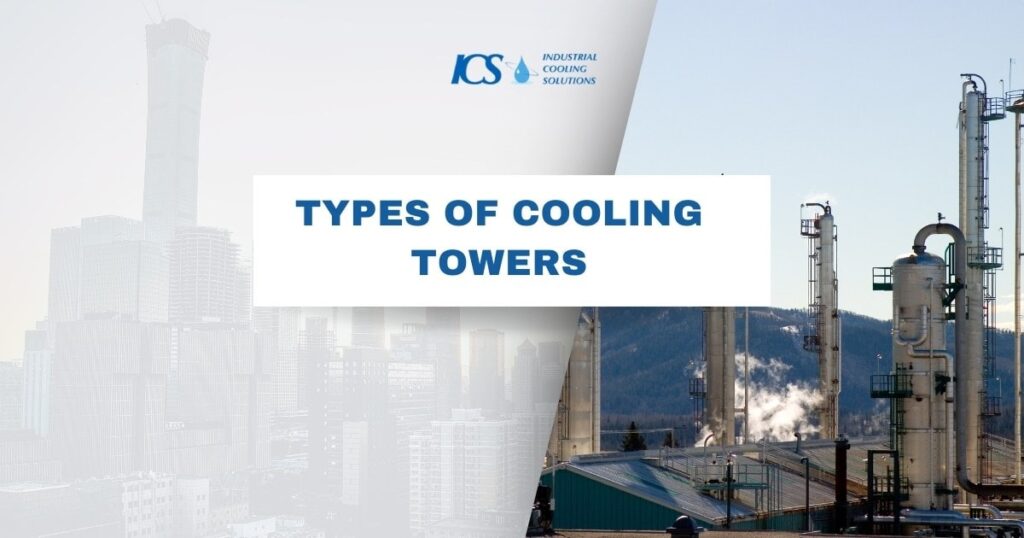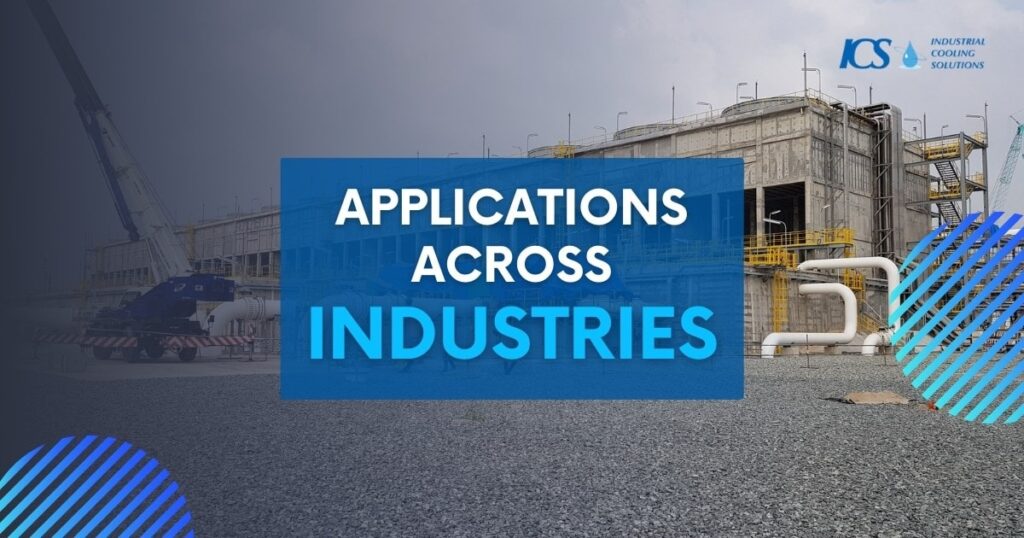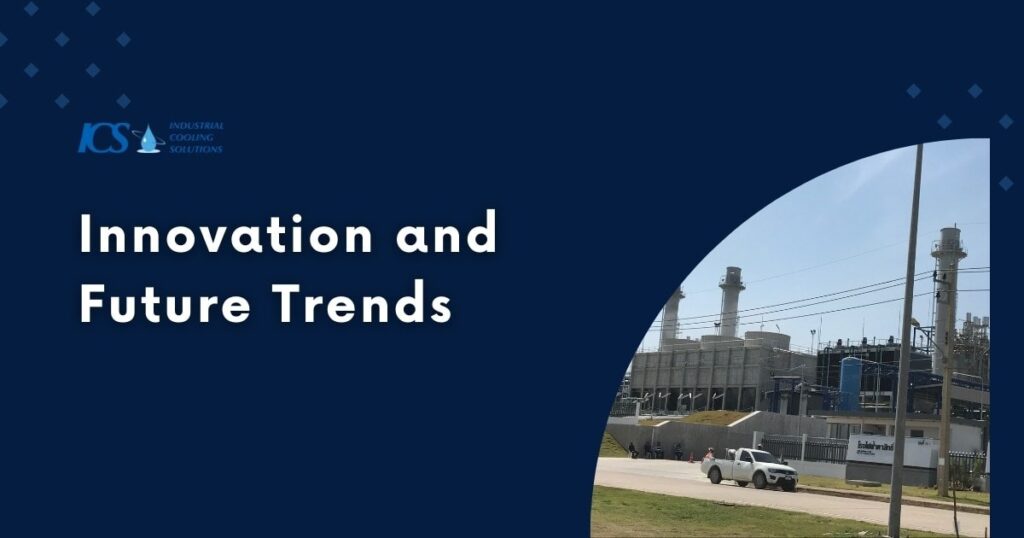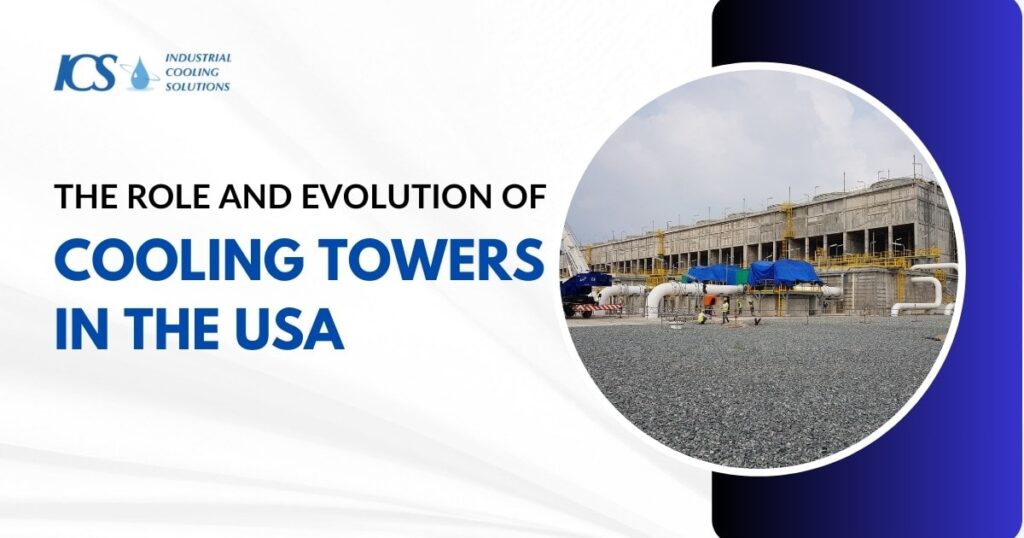Cooling towers are the symbolic structures of the industrial landscape intended to supply all the heat required for various processes. These massive contraptions of machines are dotted over the horizon of industrial manufacturing and power generation facilities with such a silent yet efficient operation of cooling tower for industrial processes. Now, it is important that we take a closer look at the role of the leading manufacturer of cooling tower manufacturers in the USA as well as the way it helps country to move forward and dominate the industry.
Table of Contents (Cooling Towers in the USA)
The Function of Cooling Towers

Cooling towers are an essential component of industrial processes as the heat that is generated by equipment and machines are dealt with by the towers.
They achieve this via the process of evaporation and heat transfer through convection.
The industrial water, as it leaves a boiler or another heating process, gets mixed into the cooling tower where it is spread over a large surface. In this process, the heat transfers from the water into the air surrounding the tower.
Partially due to evaporation, vapor is converted out of the water while losing its heat energy and as a result cooling the rest of the water.
This recycled ambient water is then reintroduced into the industrial process by recirculating it, this helps safeguard and increase energy efficiency, by maximizing the machine’s temperatures peak efficiency.
Types of Cooling Towers

In the cooling tower USA market, leading cooling tower manufacturer range in shape, size as well as functionality, and they are often constructed and adapted to cover the peculiarities of specific industries. The two primary types of leading cooling tower are:
Wet Cooling Towers:
Wet cooling tower works through the evaporation of water and output the heat that undergoes the circulation in the water loop.
Water in the evaporative cooling tower industry contributes to water level that flows towards the low end then evaporates from the evaporative cooling tower to the surface, taking heat and cooling the other water.
Dry Cooling Towers:
In contrast to the wet cooling towers, dry cooling towers carry the air over the circulating water in order to cool the water without requiring the process of evaporation. They are suitable to places that are already facing low water supply or site regulations.
Hence, using these alternatives may be better to avoid large amounts of water usage.
The third kind which is also important is fiberglass cooling towers.
Applications Across Industries

Cooling towers find applications from customers across a spectrum of customers across various services and construction industries in the USA:
Power Generation:
Energy sector cooling towers solutions are crucial components related to equipment used in thermal power plants, where components of the gas condenser cooling unit and water loop is cooled down due to the towers removal of heat, which leads to combustion turbines’ efficient operation.
Petrochemicals:
Fire refineries and associated petrochemical plants are dependent on cooling towers and fans to keep water usage, ensure the quality and proper heat treatments during different process steps like refinement, catalytic cracking, and chemical reactions.
Manufacturing:
Cooling towers related equipment can be found in a wide variety of industries such as steel mills, food processing, power plants and construction projects, as well as in hot climates to control the temperature of equipment, maintain quality of a facility, product line or service and keep the machines active.
Environmental Considerations
Though cooling towers are a necessary tool for industrial applications, they are not without environmental drawbacks. The problem is the amount of water is used due to the construction of cooling towers, also air emissions. Efforts are underway in the USA to enhance the sustainability energy efficiency of industrial applications and cooling tower refrigeration systems through:
Water Conservation:
Technologies like water recycling and cutting-edge cooling tower designs that minimize the water uptake and mitigate the environmental impact.
Emissions Control:
More stringent rules and the development of the company’s latest in emission control technologies target the decrease of particulates and other pollutants linked to the cooling tower function.
Innovation and Future Trends

There is a constant change of the cooling tower construction technology that is on the go as it respond to the market demands of customers for higher efficiency, sustainability and resilience solutions. Some notable trends and innovations shaping the future of the cooling tower manufacturer and towers construction in the USA include:
Smart Monitoring and Control Systems:
By integrating IoT sensors, data analytics and predictive maintenance algorithms, theme company customers can make cooling towers and pumps more power efficient, reliable and less prone to shutdowns and maintenance.
Hybrid Cooling Systems:
By integrating the benefits of peak efficiency of both wet and dry cooling methods, hybrid systems maintain the accurate and efficient performance of process cooling processes, and also they offer electric power savings and improved resilience in different kinds of climatic conditions.
Water Treatment Advances:
Developments in water treatment techs make the water high quality that encourages less of cooling tower needs and wearing (scaling and corrosion), slows microbial growth, and thus prolongs the cooling tower towers’ lifespan and service.
Conclusion
Cooling towers go beyond the silent sentinels of industrial progress to serve as essential resources and services that facilitate the efficient and sustainable operations and maintenance of many industrial workings. As the nation proceeds towards greater innovation and environmental accountability, the revolution in cooling towers and cooling tower systems technologies advances manufacturers to higher productivity, reliability, and to ecological integrity, thus setting the pace for a greener industrial future.

